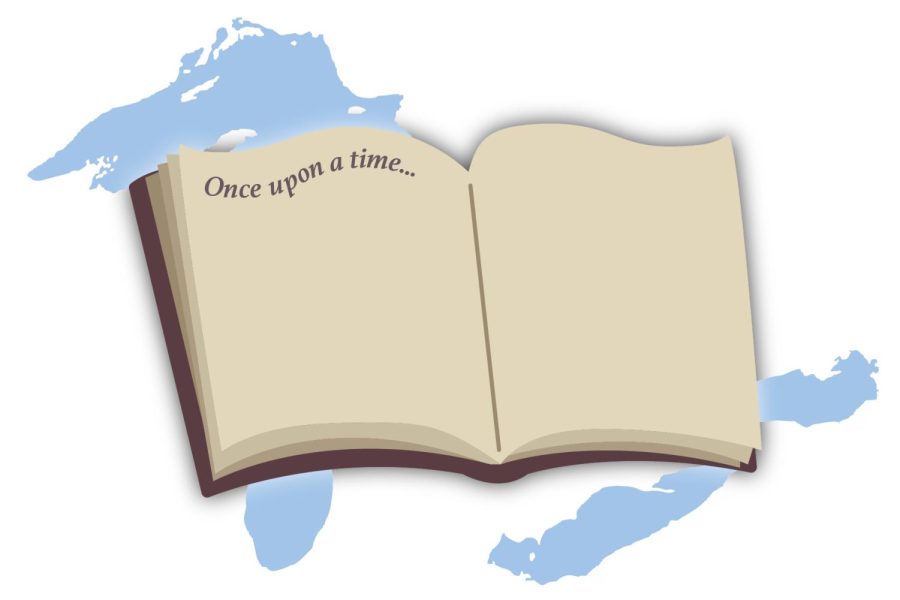French and Native Folklore of the Great Lakes
The opening day for the History Club’s new mini-lecture series on folklore was Tuesday, Feb. 28. Dr. Eugene Tesdahl gave the first lecture on the folklore of the Great Lakes, focusing on French and Native American culture.
Before beginning his lecture, Tesdahl made an important note that “not all indigenous histories and stories are meant for non-indigenous people.” While Tesdahl is a professor specializing in both women’s and Native American history, it is important to him that he is as respectful as possible when educating his students.
Tesdahl enthusiastically dove into the telling of Turtle Island, a recurring theme in creation stories ] within Native communities that dates back to 3000 BCE. In the Haudenosaunee creation, there is a Sky Woman who falls from Sky World and is rescued by a giant turtle, which Native Americans use as the cosmological representation of North America. While there are many different variations, central elements include Sky Woman and the Great Turtle.
“It’s complex,” Tesdahl says. “History and oral tradition…folklore is not religion.”
Jacob Mahlkuck, Vice President of the History Club, remarked that myth and folklore implies a dead belief. To Native American culture, these folklore tales are not just myths, they are stories that detail important life events.
In 1609, New France was founded, and Native Americans and French people interacted closely together as the French traveled for trade. During these excursions, each culture’s folklore and religion subtly began to influence each other.
St. Anne is the patron saint of mothers, sailors and minors, and because the French canoed around North America hauling goods, they would wear her pendants and pray to her for safe passage. Many St. Anne pendants were found among native tribes, and so it was believed that they may have also started praying to St. Anne when they traveled via water.
Native culture also influenced the French travelers, as there were many Native American stories of a water entity called the Mishipeshu-horned serpent, or underwater panther. It was believed that many French sailors would give an offering to the serpent for safe travels as well.
The series will continue on March 9 from 6-7 p.m. in Doudna room 136. This lecture will include a repeat lecture on Vampyre Myths, given by Dr. Adam Stanley.




